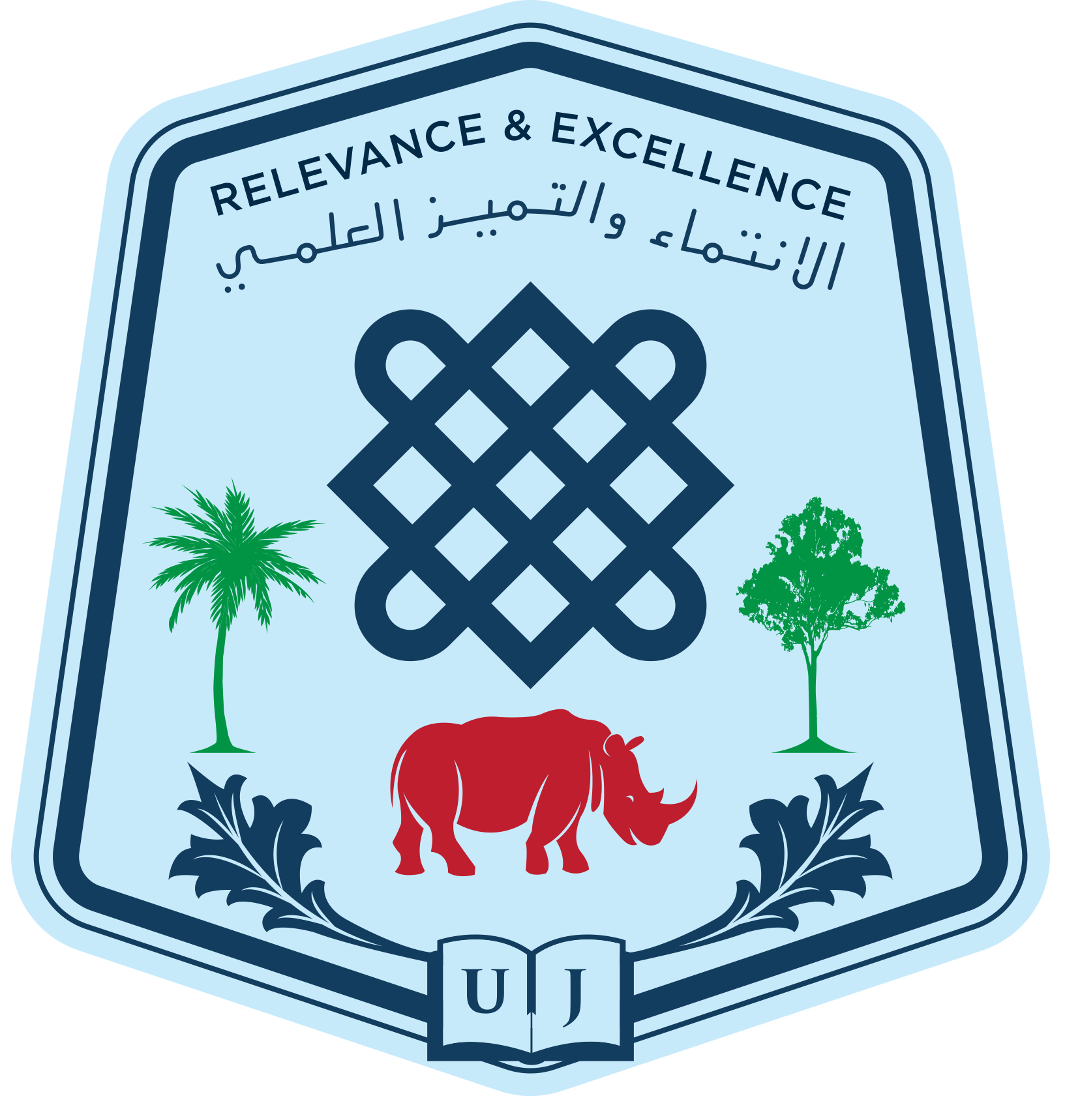Ochi EB, Madut T.D, Ismail A. O and Lukaw Y. S
Abstract:
A 6-month study was conducted in Rejaf and Nimule Payams, South Sudan to determine factors influencing the dynamic trends of livestock marketing system and quarantine measures. A total of 1,850 livestock investigated, of which 67.57% cattle, 20.0% goats and 12.43% sheep. Relevant data and information were collected from key stakeholders using participatory tools. Physical observation and inspection of livestock markets and quarantine facilities were made. Data were analysed using Statistical Package for the Social Sciences (IBM SPSS 21) software compatible to windows. Graphical presentations were made using Microsoft Excel 2010. Comparison between goats and sheep buying, selling prices and selling profit were analyzed using the non-parametric Wilcoxon Signed Rank Test for two related samples. Statistical significant differences between means were fixed at P- value <0.05. Results revealed that multiple taxes along the road, trucking costs, competitive imported exotic cattle breeds and socio-cultural norms of livestock owners mainly influenced livestock marketing. Stunting profit between sheep and goats revealed high significant differences (P< 0.0001). No proper quarantine facilities established at the Nimule entry point that may endanger human safety due to transboundary animal diseases (TADs). Application of strict quarantine measures and creation of livestock marketing information system are needed for sustainable socio-economic development of South Sudan.
Key Words: Livestock marketing; Exotic and Indigenous livestock breeds; Quarantine facilities; Socio-economic Development; South Sudan
Download the PDF Livestockmarketing2015
